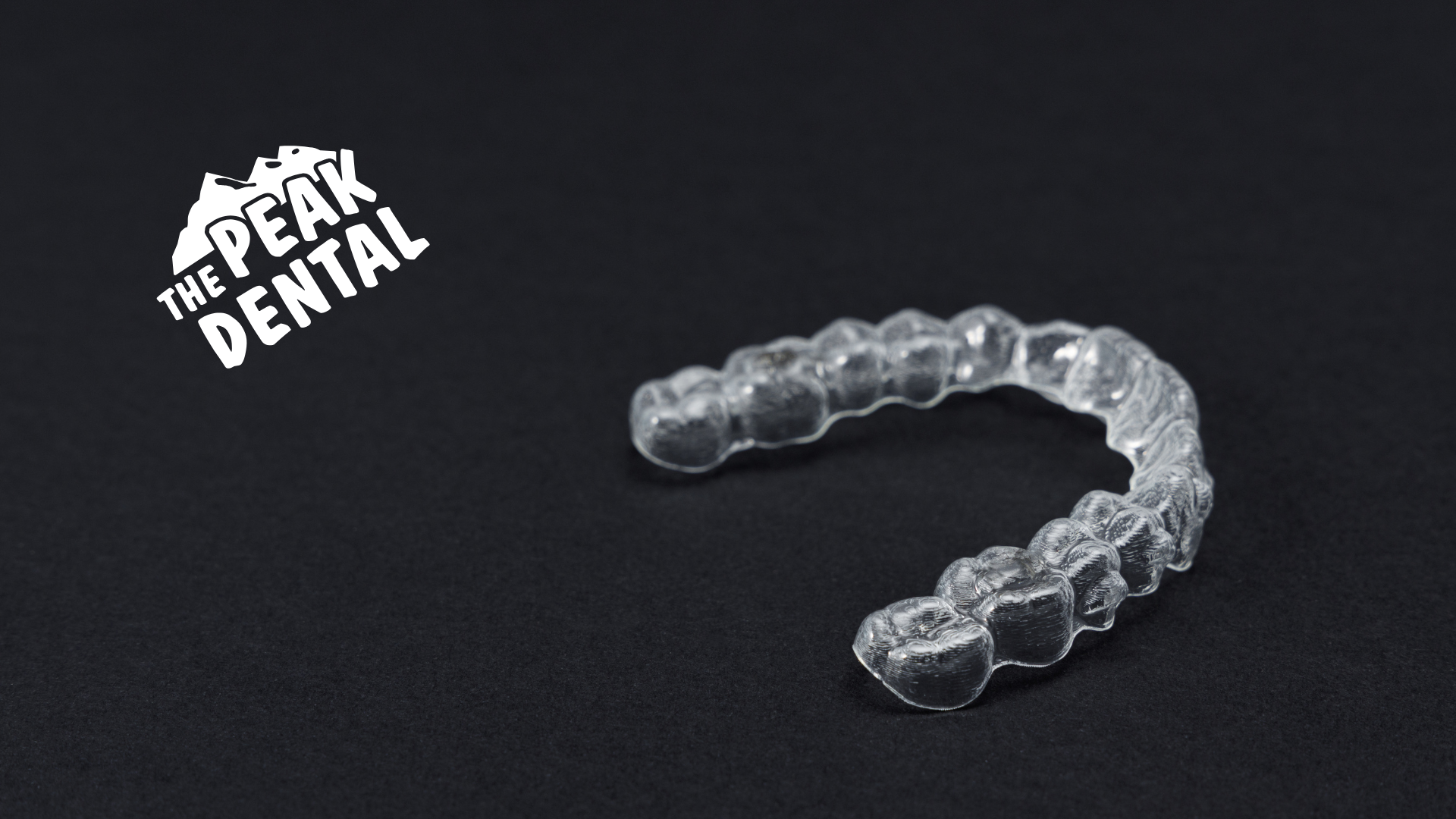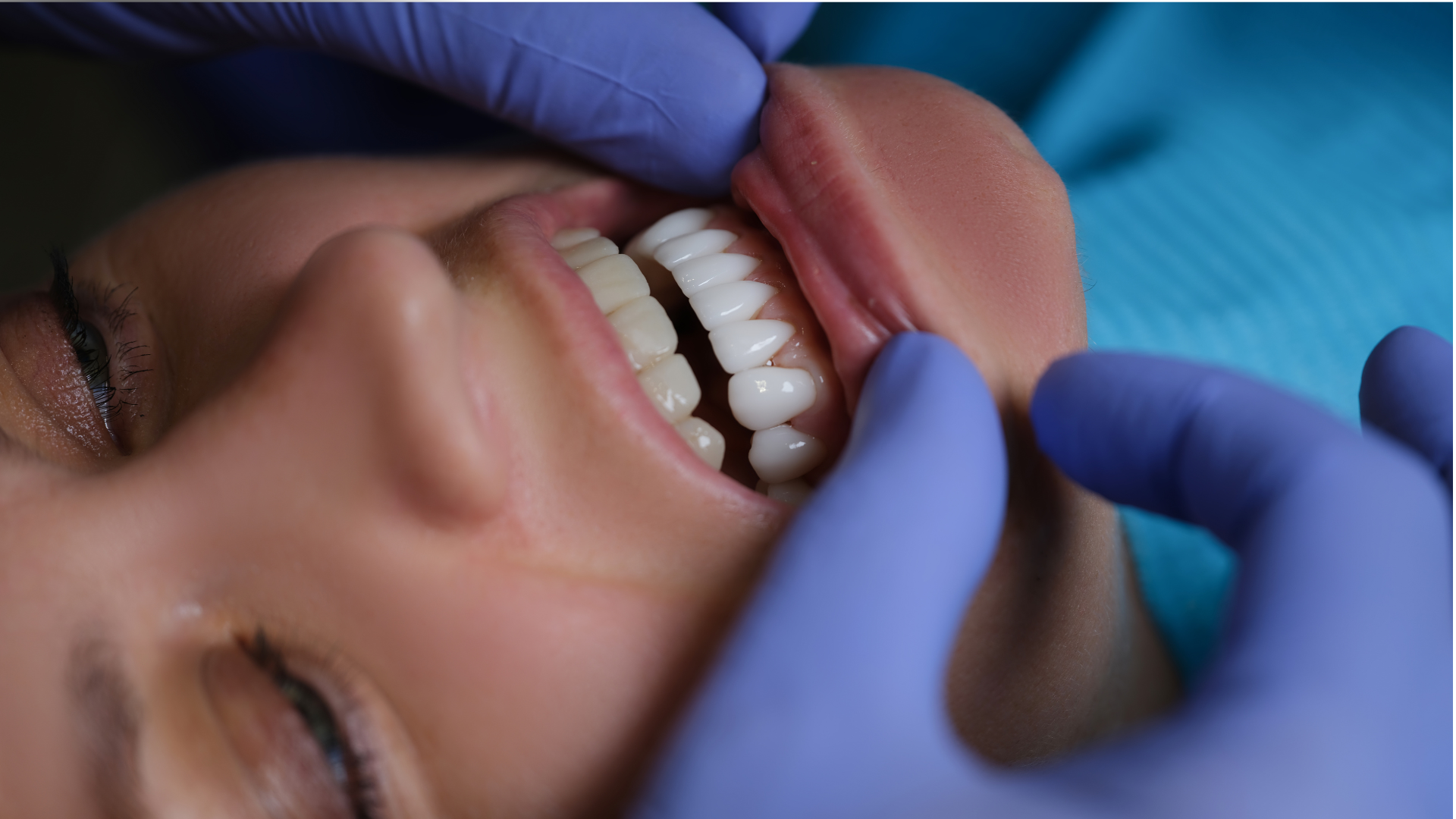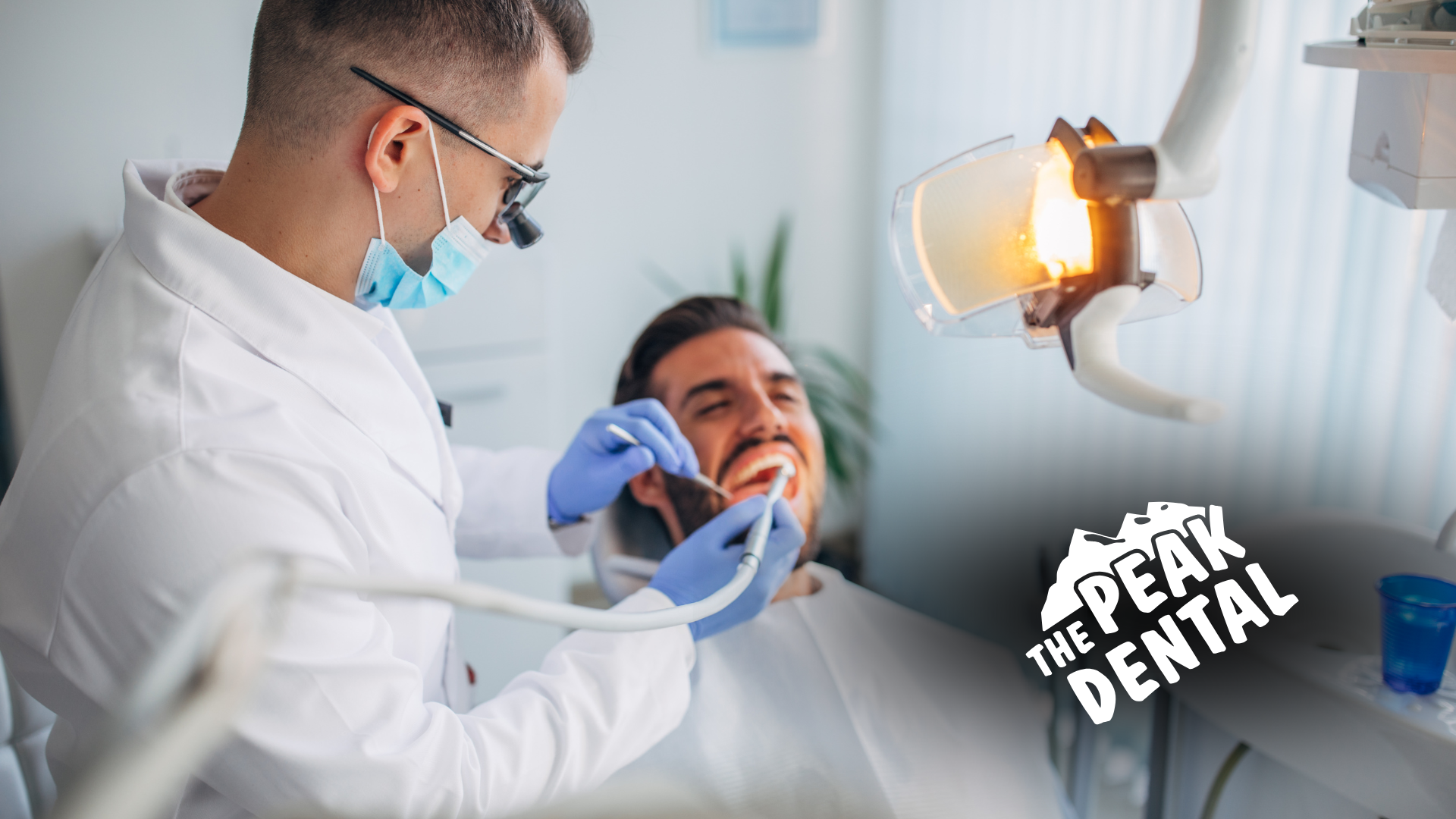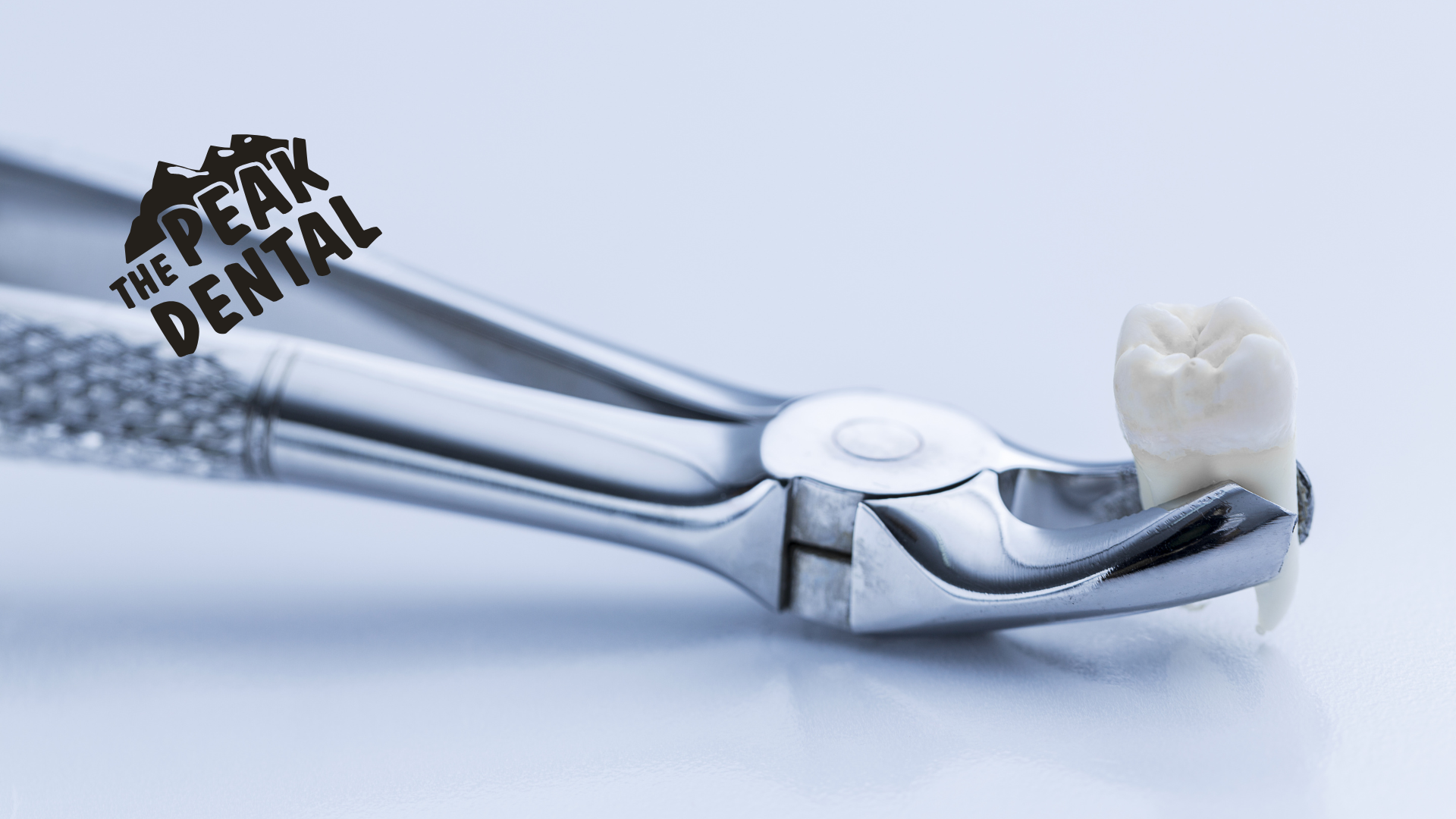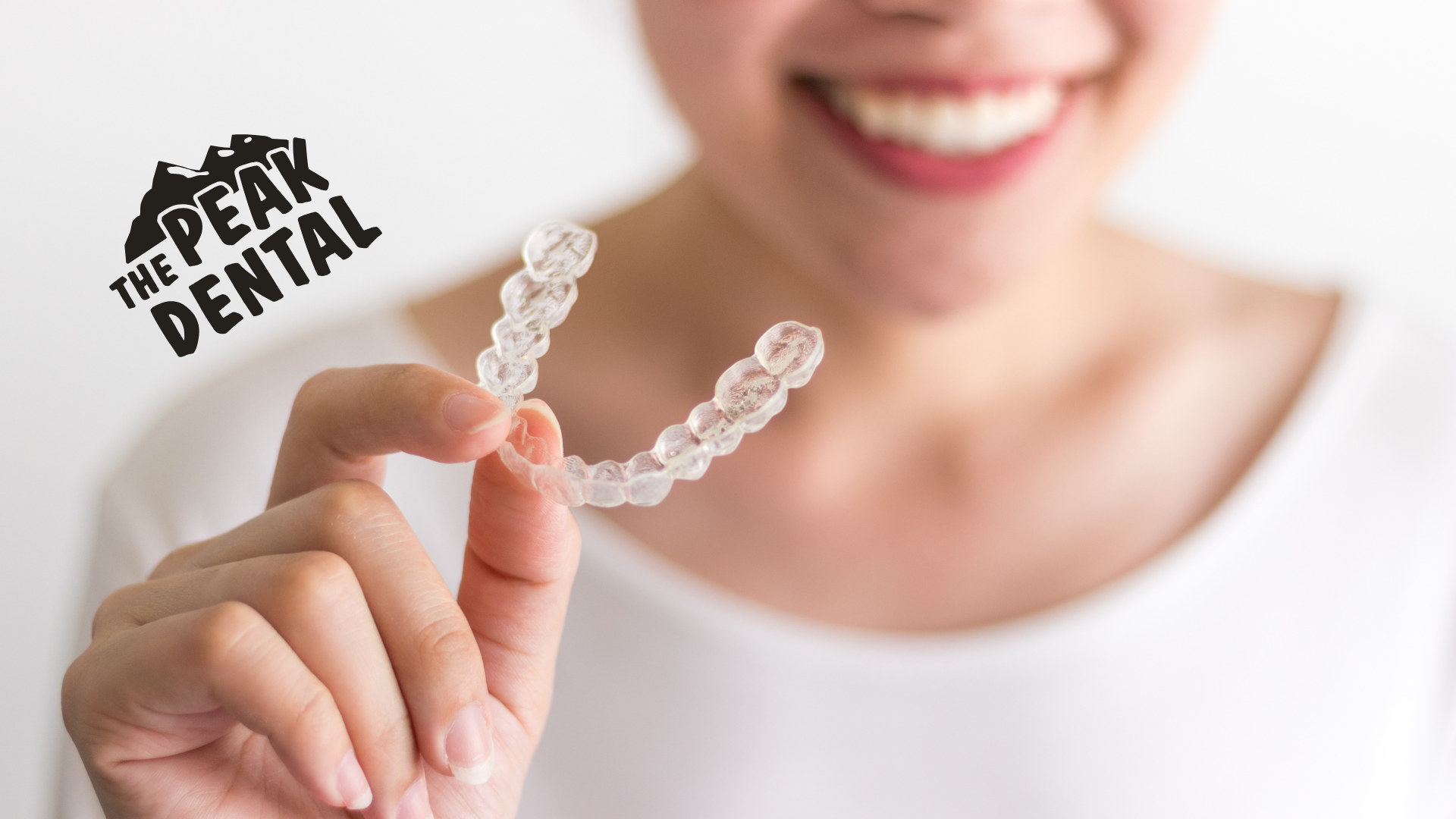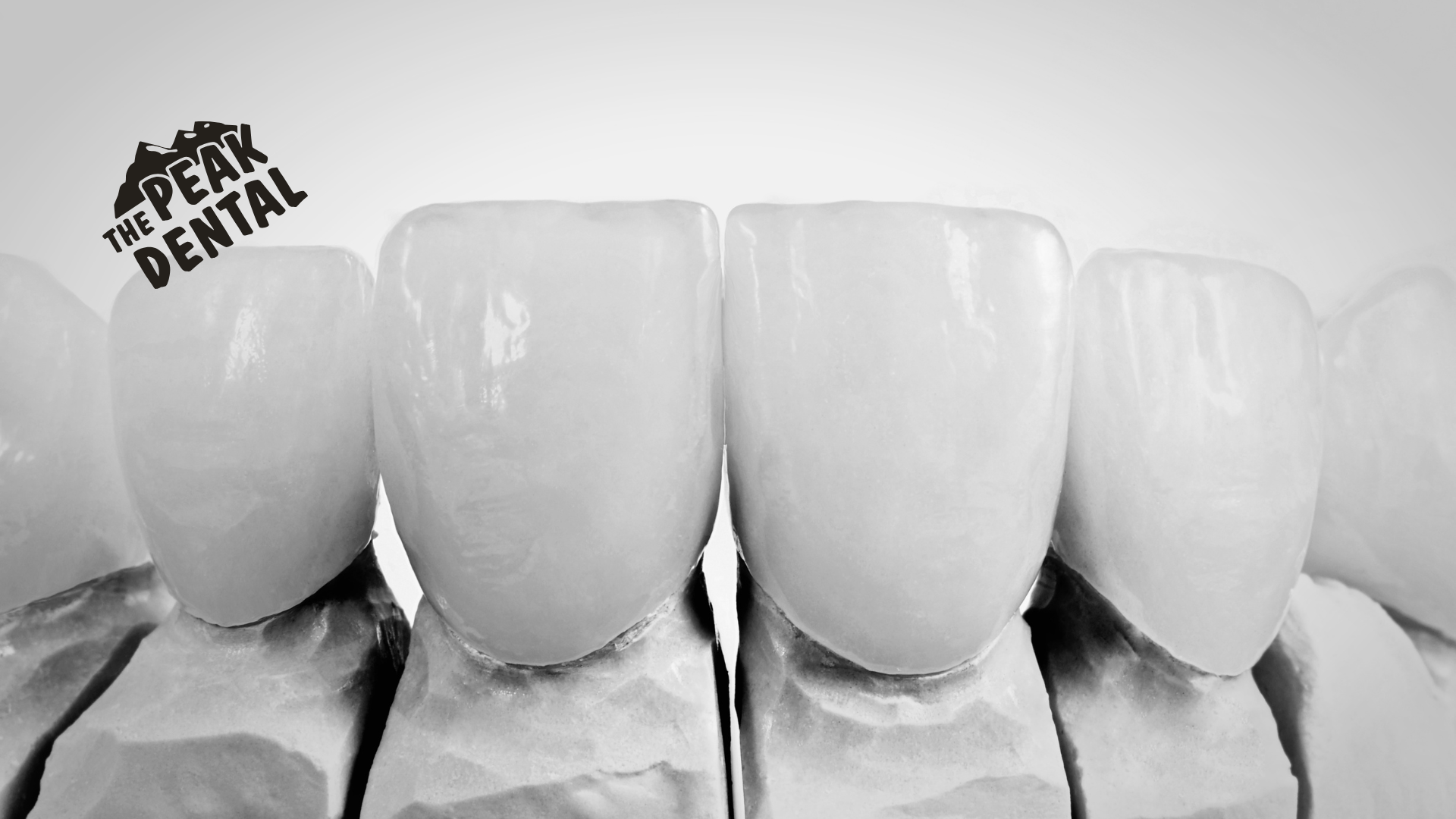How Much Do Partial Dentures Typically Cost?
Partial dentures are a common dental solution for replacing missing teeth. The cost of partial dentures can vary based on several factors, including the materials used, the complexity of the case, and the geographical location. Understanding the types of partial dentures available and the cost breakdown can help individuals make informed decisions about their dental care. Additionally, knowing about insurance coverage options for partial dentures can help alleviate financial concerns. Here is a breakdown of key takeaways from the article:
Key Takeaways
- The cost of partial dentures is influenced by the materials used, the complexity of the case, and the geographical location.
- Types of partial dentures include acrylic, metal-based, and flexible options, each with varying costs and benefits.
- The cost breakdown of partial dentures includes initial consultation and examination, denture fabrication, and adjustments and follow-up visits.
- Understanding insurance coverage options for partial dentures can help individuals navigate the claim process and manage out-of-pocket expenses.
- Being informed about the factors influencing the cost of partial dentures and the types available can empower individuals to make informed decisions about their dental care.
Factors Influencing the Cost of Partial Dentures
- Material used
The type of material selected for partial dentures significantly impacts the overall cost. Acrylic is often the most affordable option, providing a balance between cost-effectiveness and functionality. On the other hand, materials like valplast or chrome cobalt are more durable and offer a better fit but come at a higher price point.
- Acrylic: Economical, less durable
- Valplast: Flexible, lightweight
- Chrome Cobalt: Strong, long-lasting
The choice of material not only affects the price but also the comfort and appearance of the dentures. Patients should consider their budget, aesthetic preferences, and functional needs when discussing materials with their dental professional.
- Complexity of the case
The complexity of the dental case plays a significant role in determining the cost of partial dentures. More intricate dental needs can lead to higher costs due to the additional time and resources required for treatment.
- Simple cases may involve replacing one or a few teeth with minimal adjustments.
- Moderate complexity might require additional preparatory procedures, such as tooth extractions or periodontal treatment.
- Highly complex cases could involve multiple teeth replacements, extensive mouth preparation, or the need to address underlying oral health issues.
The cost will vary depending on the number of visits, the procedures needed to prepare the mouth for the dentures, and the customization required to ensure a comfortable and functional fit.
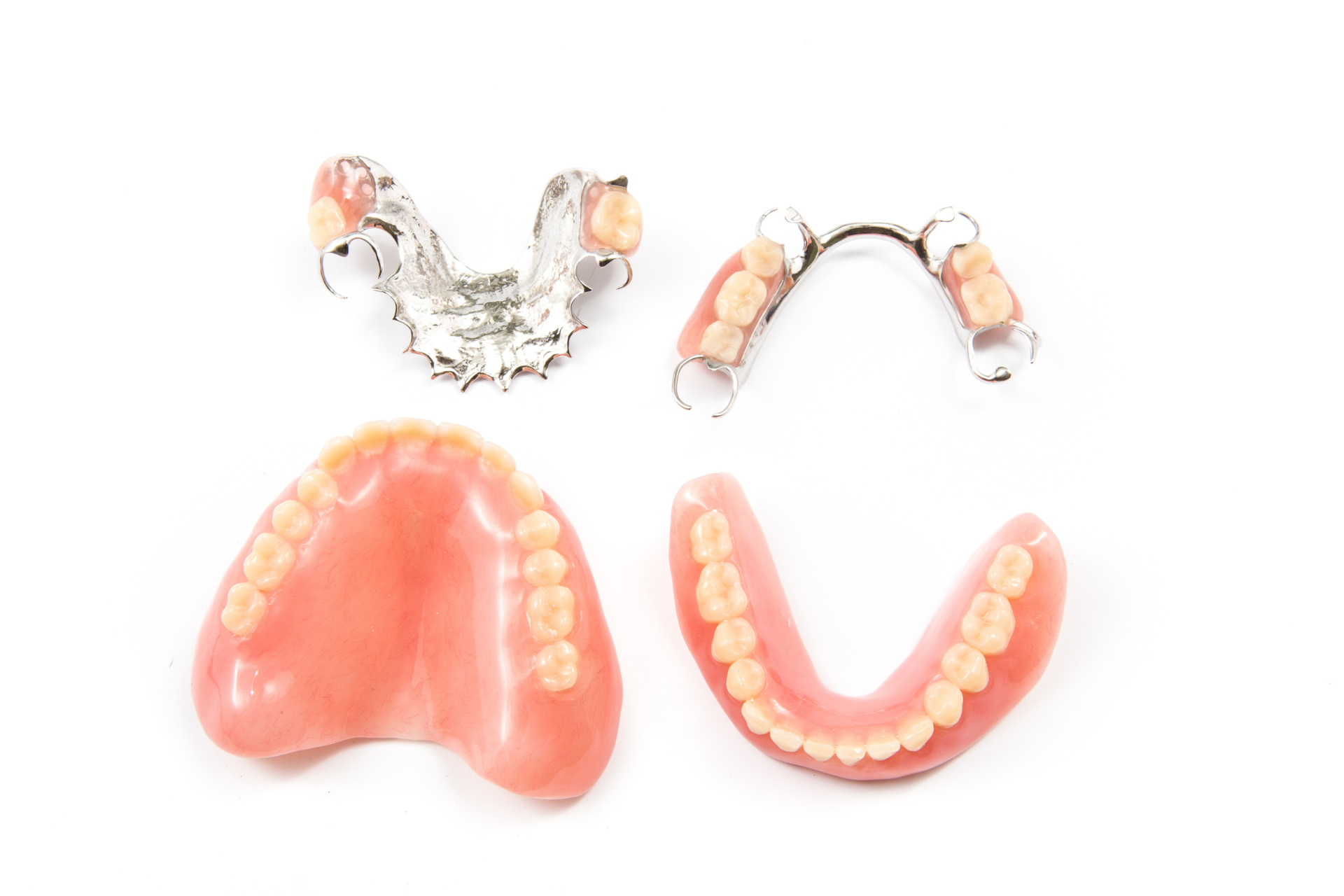
- Geographical location
The cost of partial dentures can vary significantly depending on the geographical location of the dental practice. Urban areas, with higher costs of living, often have higher dental fees compared to rural areas. This discrepancy is due to various factors, including the cost of rent, local taxes, and the availability of dental professionals.
- Urban areas: Higher costs due to increased overhead expenses
- Suburban regions: Moderate pricing, balancing accessibility and overhead
- Rural areas: Potentially lower costs, but fewer dental providers
It's important to consider the potential travel expenses if you're seeking more affordable options outside your immediate area. While the initial cost may be lower, the added travel can increase the overall expense.
Types of Partial Dentures
- Acrylic partial dentures
Acrylic partial dentures are a cost-effective solution for replacing missing teeth. They consist of replacement teeth set into an acrylic base that matches the color of your gums. These dentures are often chosen for their affordability and shorter adjustment period.
- Easy to adjust and repair
- Relatively comfortable
- Less expensive than other types
While acrylic partial dentures are more budget-friendly, they may not be as durable as metal-based or flexible dentures and can feel bulkier in the mouth.
Patients opting for acrylic partial dentures should consider the balance between cost and comfort, as well as the potential need for more frequent replacements compared to other materials.
Metal-based partial dentures
Metal-based partial dentures, often made from a cobalt-chrome alloy, are known for their durability and strength. They provide a stable and comfortable fit, which can be especially important for those who require dentures for long-term use.
- Durability: The metal framework resists wear and tear.
- Comfort: Designed to fit snugly without slipping.
- Aesthetics: Less visible metal clasps can be used.
Metal-based partials are typically more expensive than their acrylic counterparts, but the investment can be worthwhile for the right candidate due to their longevity and comfort.
Patients should consider the potential for additional costs, such as the need for periodic adjustments or repairs, which can add to the overall expense over time.
Flexible partial dentures
Flexible partial dentures are a modern alternative to traditional dentures, known for their comfort and aesthetic appeal. They are made from a lightweight, thermoplastic material that adapts to the contours of the mouth. This flexibility allows for a snug fit, which can improve the wearer's comfort and confidence while speaking and eating.
- The material used is typically more translucent, allowing for a natural-looking appearance that blends with the gums.
- They do not require metal clasps to stay in place, which can be visible and uncomfortable for some patients.
- The fabrication process for flexible partials is often quicker than that of metal-based dentures.
Flexible partial dentures are particularly suitable for patients who are allergic to acrylic or certain metals, as they are hypoallergenic. Additionally, their non-porous surface makes them more resistant to stains and odors.
Cost breakdown of partial dentures
Initial consultation and examination
The journey to acquiring partial dentures begins with an initial consultation and examination. This is a critical step where the dentist assesses your oral health and discusses the best treatment options for your situation.
- Evaluation of your dental and medical history
- A thorough oral examination
- X-rays or impressions if necessary
The cost for this initial visit can vary widely, but it typically ranges from $50 to $200. This fee is often applied toward the total cost of the denture process if you decide to proceed.
Remember, this initial cost is an investment in ensuring your partial dentures are well-suited to your needs and will function properly.
Denture fabrication
The process of creating partial dentures is intricate and personalized, often reflecting in the cost. Denture fabrication typically involves several steps:
- Creating a precise mold of the patient's mouth.
- Selecting appropriate materials for aesthetics and function.
- Crafting the denture framework and teeth.
- Detailed finishing and polishing for comfort and appearance.
Each of these steps requires skilled labor and time, which contribute to the overall expense. High-quality materials and advanced technology can also increase the cost, but they ensure a better fit and more natural look.
The final product not only restores the patient's ability to chew and speak but also supports facial muscles and improves self-esteem. The investment in a well-made partial denture can have significant benefits for the wearer's quality of life.
Adjustments and follow-up visits
After receiving your partial dentures, adjustments may be necessary to ensure a comfortable fit. The cost for these adjustments can vary, but they are crucial for preventing discomfort and potential oral health issues.
- Initial adjustment period may be included in the overall cost.
- Additional visits for adjustments may incur separate fees.
- Follow-up visits are important to monitor the fit and health of your gums.
Regular follow-up visits help to identify any changes in your oral health early on and can extend the life of your partial dentures. It's important to factor in these potential costs when considering the overall investment in partial dentures.
Insurance coverage for partial dentures
Coverage options
When considering the cost of partial dentures, it's essential to explore the coverage options provided by your dental insurance plan. Most dental insurance plans categorize partial dentures as a major procedure, which often means they are covered at a lower percentage than basic procedures like fillings or cleanings.
- Determine if your plan has a waiting period before major procedures are covered.
- Check the percentage of the cost covered for major procedures.
- Understand the annual maximum benefit, as this may limit the amount the insurance will pay in a given year.
Remember that insurance plans vary widely, and it's crucial to read the fine print to avoid unexpected out-of-pocket expenses. Some plans may also require you to choose from a network of approved providers to receive the full benefits.
Claim process
Navigating the claim process for partial denture coverage can be straightforward if you understand the necessary steps. Ensure all required documentation is complete and submitted on time to avoid delays in reimbursement.
- Obtain a pre-treatment estimate from your dentist to understand the covered amount.
- Submit the claim form provided by your insurance company, along with the treatment plan and cost breakdown.
- Keep a copy of all documents for your records.
- Follow up with the insurance company if you do not receive a response within the expected timeframe.
It's crucial to be aware of the claim submission deadline and the specific details your insurance provider requires. Missing these can lead to claim denials or reduced coverage.
Out-of-pocket expenses
Understanding your out-of-pocket expenses for partial dentures is crucial, as these costs can vary widely depending on your insurance plan and the dental practice you choose. Typically, patients are responsible for co-pays, deductibles, and any costs exceeding the coverage limit.
- Co-pays are a fixed amount you pay for a dental service, separate from the deductible.
- Deductibles are the amount you pay out of pocket before your insurance begins to cover costs.
- Coverage limits can result in additional expenses if the cost of your dentures exceeds the maximum amount your insurance will pay in a given year.
It's important to discuss all potential costs with your dentist and insurance provider to avoid unexpected expenses. By understanding the breakdown of out-of-pocket costs, you can better prepare for the financial aspect of obtaining partial dentures.
Frequently Asked Questions
